When talking about art media, gouache (rhymes with squash) is one such medium that doesn’t always come up in conversation. However, gouache has a rich history and deserves attention.
What is Gouache, you ask? Gouache is a suspension of pigment in water, but unlike watercolors, it is thicker and more opaque. Because it is heavy and chalky it does not absorb into paper and has excellent coverage. When using gouache, light colors tend to dry darker and dark colors tend to dry lighter. Because of this, subsequent color matching is difficult. Gouache is sometimes referred to as ‘bodycolor‘ by art historians, and the two terms are often interchanged.
Gouache has been used by artists throughout the ages and masters such as Albrecht Durer, Georges Rouault, and Henri Matisse all created masterpieces using gouache.
Young Hare, created in 1502 by German artist Albrecht Durer, is a mix of watercolor and gouache. This piece highlights Durer’s technical skill with both mediums. By building up a wash of watercolor and then adding fine details in gouache on top of this, he was able to give the fur a deep layered look.
The figures in Henri Matisse’s Blue Nude decoupage series are gouache-painted paper cut-outs which have been stuck to paper then mounted on canvas. These simple and elegant forms were created towards the end of Matisse’s life in 1952 while the artist’s health was poor, yet they remain some of his most recognizable works. French expressionist and friend of Matisse, Georges Rouault, often mixed gouache with watercolor and oil and the end results are colorful and vibrant.
Today, gouache is favored by many artists in the advertising field, both for its ease of use, reworking ability, and the fact that the colors photograph well and reproduce true. Needless to say, gouache has been around for a long time and evidently it’s here to stay.
Brian Sylvester is a guest blogger on WallSpin, and an artist on Zatista.


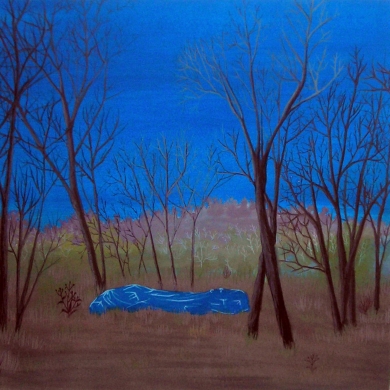
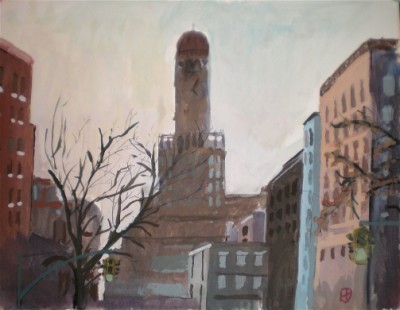
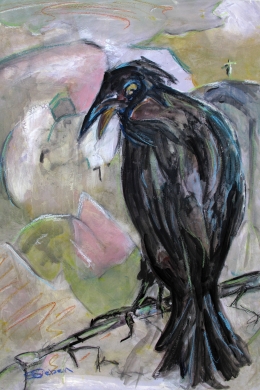

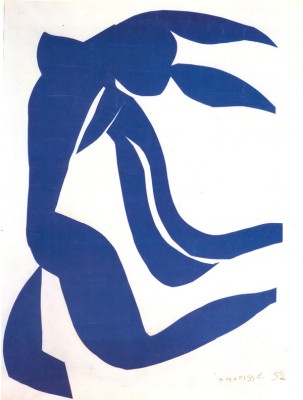
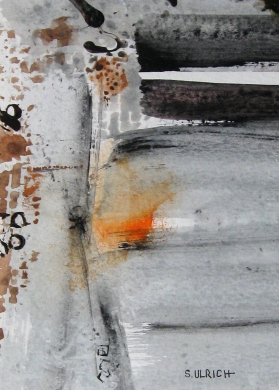
Comments (0)